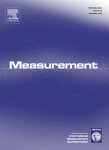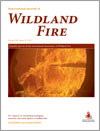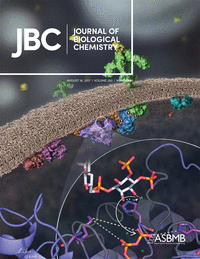 A biologist at the University of Basel is retracting two papers, citing data manipulation uncovered during an institutional investigation. That investigation has already led to the retraction of a paper in Science Translational Medicine by some of the same authors earlier this year.
A biologist at the University of Basel is retracting two papers, citing data manipulation uncovered during an institutional investigation. That investigation has already led to the retraction of a paper in Science Translational Medicine by some of the same authors earlier this year.
The two latest retractions, in the Journal of Biological Chemistry (JBC), share the same corresponding author — Michael Sinnreich, based at University of Basel — and first author, Bilal Azakir, who is now an assistant professor at Beirut Arab University. The retraction notices cite an investigation at the University of Basel.
Here’s the retraction notice for “Proteasomal inhibition restores biological function of mis-sense mutated dysferlin in patient-derived muscle cells:” Continue reading “Data had been manipulated,” again: Swiss probe prompts two more retractions
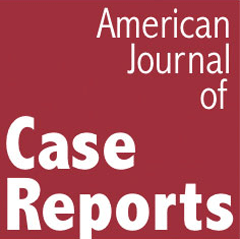 A group of researchers have retracted their 2016 case report about a rare dermatologic disorder in the wake of disputes about authorship and institutional approval.
A group of researchers have retracted their 2016 case report about a rare dermatologic disorder in the wake of disputes about authorship and institutional approval. Readers who follow scientific publishing will know the term “citation stacking” — as a profile-boosting technique, we’ve seen
Readers who follow scientific publishing will know the term “citation stacking” — as a profile-boosting technique, we’ve seen 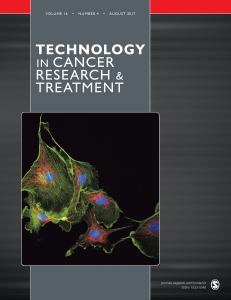
 Earlier this year, a raging controversy regarding a new drug spilled into the pages of a leading medical journal: the head of the U.S. Food and Drug Administration and another official publicly
Earlier this year, a raging controversy regarding a new drug spilled into the pages of a leading medical journal: the head of the U.S. Food and Drug Administration and another official publicly 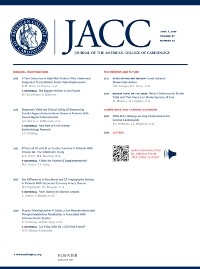 In June,
In June, 